
One of the most popular third-party ROMs is back. This time LineageOS 21 comes in an Android 14 flavor. Here’s how it runs, what’s new, and if you should flash it on your phone.
Why should you choose LineageOS 21?
Even with lots of gesturing and posturing from tech brands about “sustainability” many are reluctant to address the issue of product longevity – save Dutch brand Fairphone. Planned obsolescence is still – whether spoken about or not – part of a product lifecycle. It’s here where LineageOS can pick up the pieces.
Sure, many Android OEMs are extending the support window of new phones. Google and Samsung give you 7 full years of updates for each firm’s latest handsets. Others, like OnePlus, think that a 7-year update promise “misses the point.”
Unless you shell out for a new phone, your existing phone just isn’t going to get updated for as long. So for older phones not lucky enough to be included in the long-term update plans of Samsung, Honor, OnePlus, Oppo et al, a ROM like Lineage offers an expanded lifespan with zero extra cost to you.
On top of that, Lineage OS 21 will get regular security patches and updates to ensure you are safe from exploits and other security threats. One bonus that might be even more enticing is the lightweight and Pixel-like interface that even includes lots of neat customizability options not found on Google’s hardware lineup. This is AOSP at the core. That means clean, simple, and – hopefully – better than a convoluted OEM skin.
Table of contents
- Why should you choose LineageOS 21?
- LineageOS 21: Core functions and features
- New LineageOS 21 boot animation
- New device setup flow
- Updated Calculator app
- Gallery2 is now “Glimpse”
- Aperture camera app gets upgrades
- Jelly updates
- Improved Contacts, Messaging and Dialer apps
- UI tuning
- Performance and stability
- Should you install LineageOS 21 on your device?
LineageOS 21: Core functions and features
Right from the get-go there’s a larger emphasis on Material You design language with cleaner applications adhering to the core component added back with Android 12. Based on QPR1 but with the February 2024 security patch.
New LineageOS 21 boot animation
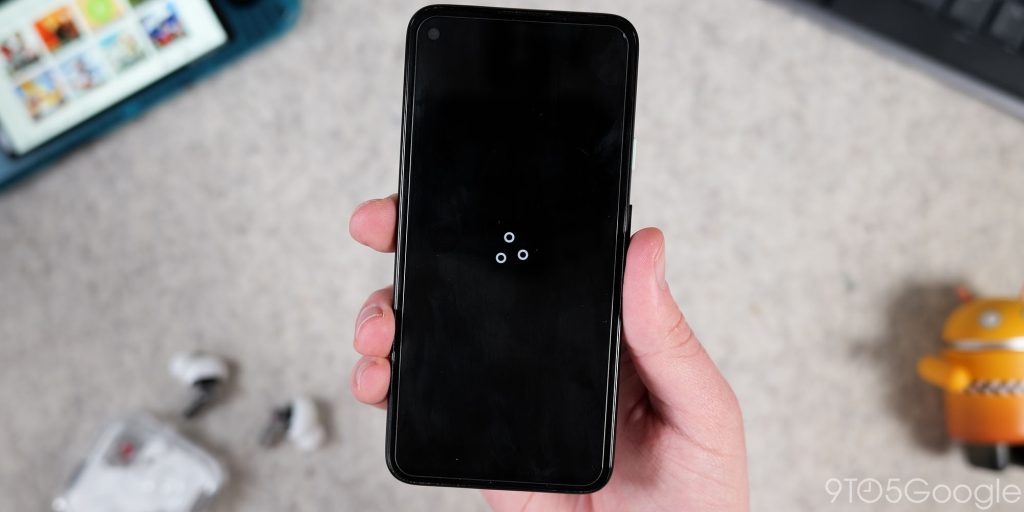

It’s not often that I reboot my phone, but maybe I’ll do it more often as LineageOS 21 includes a brand-new boot animation. There’s something eerily reminiscent of the OnePlus boot animation here, but it’s much better than the previous boot logo.
Lineage should handle light mode way better than Pixel as the Quick Settings panel actually matches the device theme, unlike being in half-dark mode all the time. It’s this attention to detail that separates the ROM from others.
Here’s the kicker though; I haven’t been able to get this working as intended on my Pixel 4a. As a light mode fan, I found it a little confusing as it’s listed as a core change over AOSP. I’m putting this down as a problem with the 4a’s ROM rather than a flat-out error in LineageOS 21. Unless the change refers simply to the notification section of the Quick Settings panel. I’m as confused as you are.
New device setup flow
Unless you flash LineageOS 21 for the first time on your phone, you likely won’t see the enhanced setup flow. The process should be faster now thanks to work from the Lineage team to strip out legacy code.
A lick of paint with a cohesive Android 14 style has also been added. There are further options for device navigation, and the animations fit better with the smooth transitions used by Google in Android 14. You may never see this screen, but it is an improvement for LineageOS 21.
Updated Calculator app

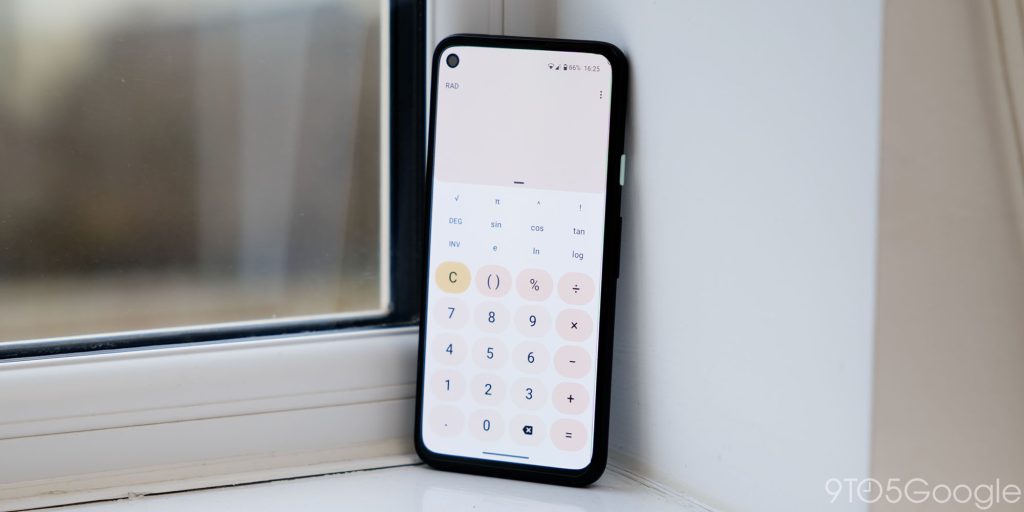
The default calculator app has received a face lift in LineageOS 21. No extra functionality has been added, instead it’s a reskin to mimic the Material You stylings of the Google Calculator app. Any change to your wallpaper or core device theme accenting will change the calculator buttons and menus.
Gallery2 is now “Glimpse”
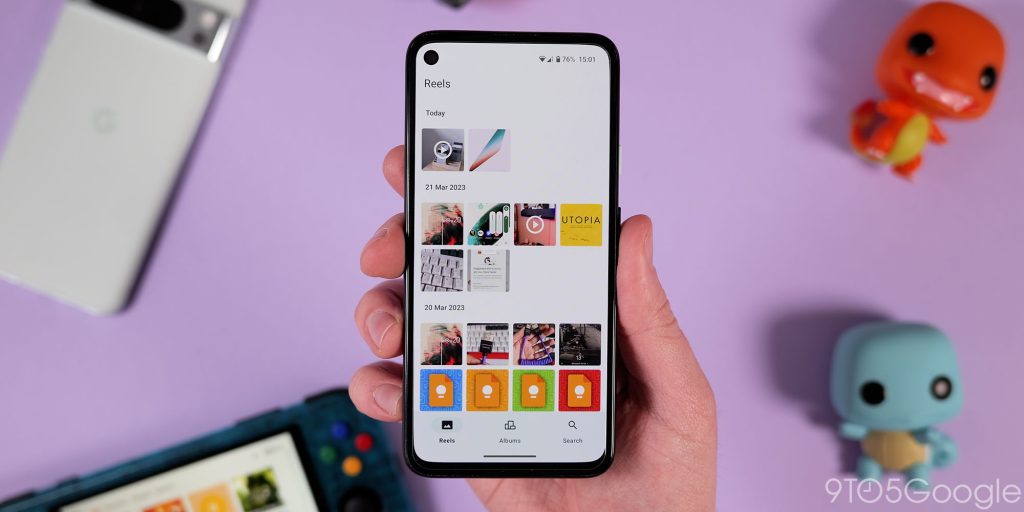
The default gallery app hasn’t actually changed the name when you scroll through the app drawer. It still shows as “Gallery” but the UI is cleaner and more in-keeping with the rest of the changes added to Android since Android 12 and the Material You overhaul. Previously it felt a bit like an app lifted straight from the Android Oreo era.
Lots of the edges are softened and the result is something that feels at home in 2024. The core functionality hasn’t changed a great deal. Albums still sort all images and media content stored on your phone. The new “Reels” layout does make it easier to view everything from one hub.
Opening an image lets includes common controls like “Share,” “Edit,” “Add to favorites,” “Use as,” and detailed “Information.” This makes the Gallery app a better replacement for Google Photos or other basic gallery tools.
Aperture camera app gets upgrades

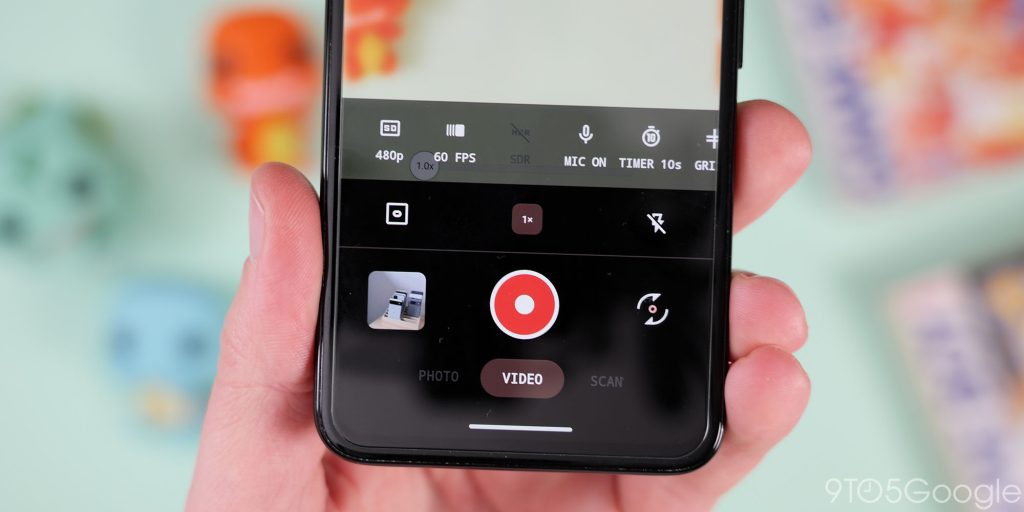
Last year the default camera experience on LineageOS received a sizeable overhaul. With the Android 14 update the changes are more about refinement with Material You support being a prime change.
You can configure the volume controls to do different things within the camera app for the first time. This is super helpful if you want to jump between modes or use in-camera features without touching the screen. You can make the volume buttons control the shutter (default), zoom level, and device volume, or disable it entirely.
- Added a better dialog UI to ask the user for location permissions when needed
- UI will now rotate to follow the device orientation
- Added Material You support
- Improved QR code scanner, now with support for Wi-Fi and Wi-Fi Easy Connect™ QR codes
- Added support for Google Assistant voice actions
- Added photo and video mirroring (flipping) options
- Audio can be muted while recording a video
- Better error handling, including when no camera is available
- Added configurable volume button gestures
- The app will now warn you if the device overheats and is now able to automatically stop recording if the device temperature is too high
- Added an information chip on top of the viewfinder to show some useful information, like low battery or disabled microphone
- Added some advanced video processing settings (noise reduction, sharpening, etc.)
- You can now set the flash to torch mode in photo mode by long-pressing the flash button
- Added support for HDR video recording
HDR video recording has been added for devices that support the function by default. On devices like the Pixel 4a, you can also shoot at 4K 60fps despite the lack of official chipset support. Your results may vary when trying this out. In my experience, video output when using unsupported modes can be choppy and of poor quality.
According to the changelog, you’ll get a warning if your device overheats and the recording will instantly stop if that happens. I couldn’t test this properly as I was unable to get my Pixel 4a to overheat.
The LineageOS 21 devs have claimed that the QR code scanner has been improved with integrated support for Wi-Fi and Wi-Fi Easy Connect QR codes. It feels a hair faster at recognizing QR codes, but nothing that would truly impress.
If you’re in a dark environment, you can set the camera flash to be lit constantly even when in photo mode to brighten up your subjects thanks to the latest update.
Jelly updates

I didn’t really like the previous version of the default Lineage OS browser Jelly. It was super basic and although it worked, it has received much-needed attention in Lineage OS 21. However, the changes are not as extensive as I had hoped.
Visually it’s a step up. Each browser tab is even more stripped back. There is a consistent address bar with the three-dot menu always in view. Tapping the upper right menu gives you the floating menu for adding a New tab, checking Favorites, Browsing History, Downloads, and options to enter Settings.
It’s not quite a full step ahead of Jelly – more like a side-step. You do get per-website location permission control, and there are elements of Material You design baked in. It won’t compete with some other dedicated browsers, but it’s okay for basic browsing if you would rather avoid Chrome et al.
Improved Contacts, Messaging and Dialer apps
Some important improvements have been made to the visuals of the Contacts, Messaging and Dialer apps with this system update. One of the most notable is the full support for light and dark themes on all three applications. All three also further support Material You theming. There are no changes to the functionality – save some bug fixes – on any of the apps in question, but consistent color schemes is one such change.
UI tuning

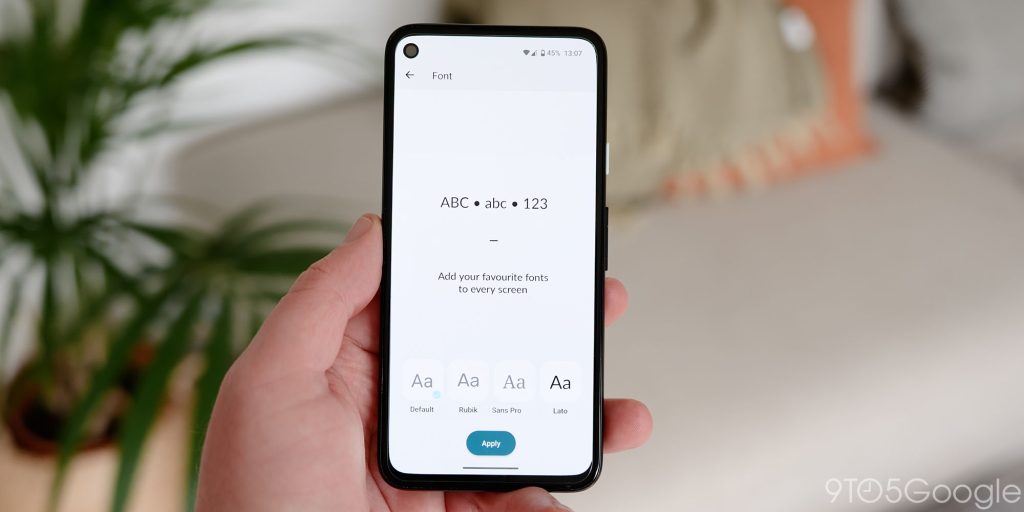
I noticed right away that the “Wallpaper & style” app is a bit more in-depth with options to change app grid layout, font, and icon style. The latter two options have been missing on Pixel since Android 10, so it’s nice to see Lineage re-add the option for further customizability without requiring a third-party launcher.
There are a few omissions though. It’s not clear why but the lockscreen clock only comes in one style. It can be switched between the small and large clock or left to dynamically change based on waiting notifications. I’d like to see the Lineage devs put their own spin on the lockscreen clock styles in the future.
When you invoke the volume controls, this slides in from the opposite side to the physical buttons on your device. This makes it a little easier to reach without contorting your hand. The overflow menu also now contains a dedicated slider for ring volume and gives you the ability to control four system sound areas.
Performance and stability
Because it’s infeasible to upgrade the internals on most smartphones, as the hardware framework ages you will run into performance degradation, slowdowns, and bottlenecks. While your own mileage may vary, for the most part, you should see better performance on older hardware when running LineageOS 21 on a supported handset.
You should err on the side of caution though. There are limitations to older hardware. Flashing the latest Android build is enticing, but can be fraught with issues because optimization isn’t always possible. Being able to get the latest security patches is a definite reason to think about a custom ROM.
I have kept my Pixel 4a as a test unit for ROMs and it’s great to see Android 14 running on the pocket-friendly phone. You may need to use a few Magisk modules to get wireless payments via NFC to work correctly.
The upgrade process for LineageOS 21 is super simple if you have a supported handset that already has an official build of the ROM installed. One of the best aspects of this method is that it doesn’t require a device wipe. So, in theory, everything on your phone should be safe. We’d still recommend a quick backup of important information, accounts, and files to be extra safe.
Should you install LineageOS 21 on your device?
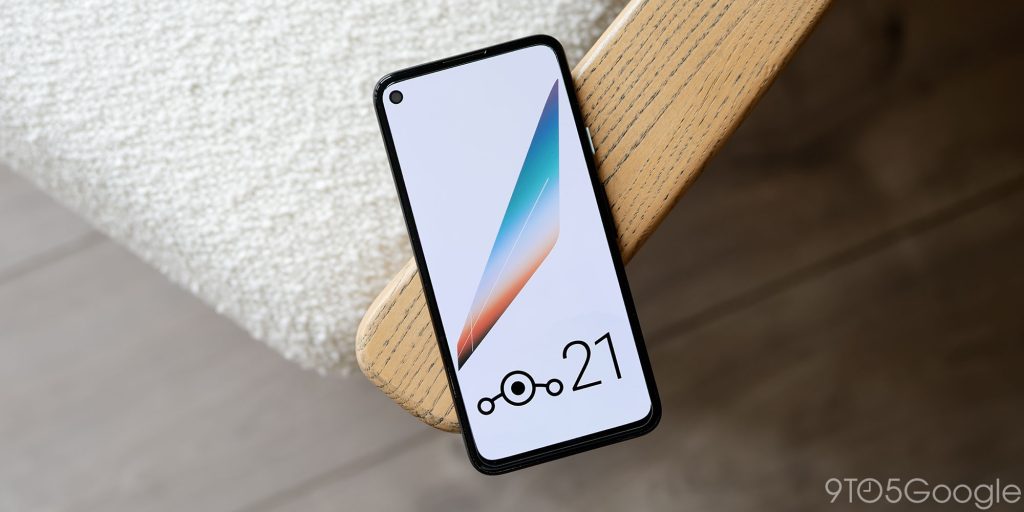
Like last year, I ran this Android 14 build on a Pixel 4a for around a week or so. This is one of the only ways to get the latest stable build on a device like this, so the option is appreciated. A few things are still missing from Google’s OS builds found on Pixel devices, but I’m sure these will be slowly added as LineageOS continues to develop.
Being able to eke out a few more years from your favorite phone or tablet while getting a clean, streamlined experience means that flashing LineageOS 21 is a worthwhile endeavor. It might also be a way to make devices with heavy skins a little more bearable without losing too many customization functions. If you were holding out for a device upgrade, try LineageOS first and see if you can bleed out a little longer.
If you want to try Lineage for yourself then you can get started here.
FTC: We use income earning auto affiliate links. More.


Comments